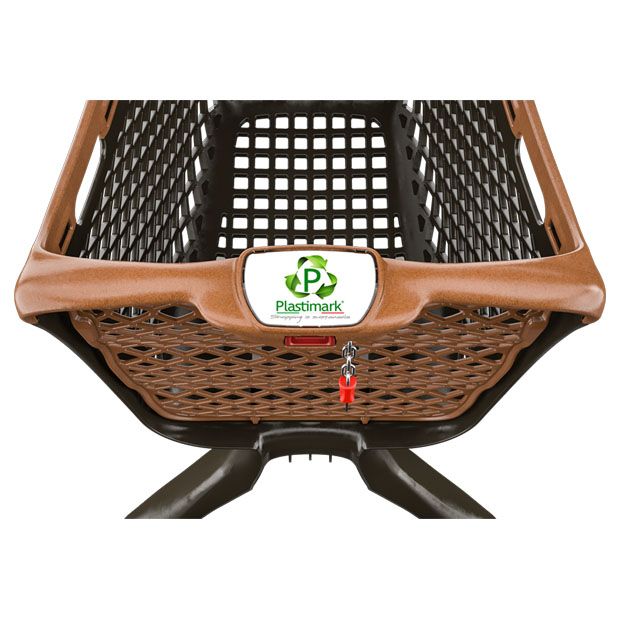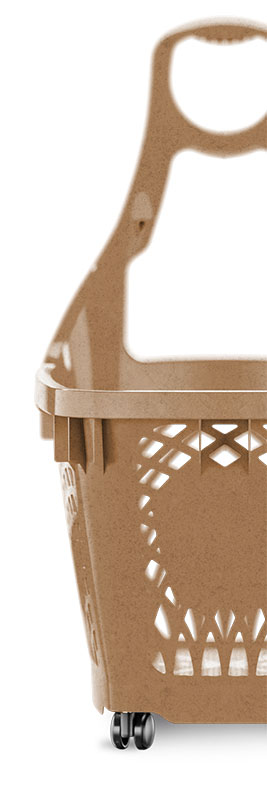

¿Por qué la madera?
Si el plástico en sí mismo contiene una gama muy amplia de cualidades y funcionalidades que lo convierten en el material ideal para los numerosos productos que nos rodean, la combinación de plástico y madera consigue además transmitir el encanto de la naturalidad y la innovación. Todo eso, manteniendo las ventajas de la gama Plastimark®: estética, resistencia, inalterabilidad y durabilidad, para una experiencia de compra natural y éticamente responsable. La fibra de madera utilizada proviene exclusivamente de residuos de la transformación de la madera de bosques con certificación FSC®.
Plastimark® Wood puede:
- ampliar la experiencia de compra
- sentir la calidez y el olor de la madera
- ofrecer a una solución ecológica de los bosques certificados FSC®.
¿Qué es Plastimark® Wood?
Plastimark® Wood es un compuesto plástico desarrollado específicamente por Plastimark® a partir de una base de material plástico integrado con fibras de madera.
- Apto para el contacto con alimentos según el reglamento (UE) n. 10/2011
- No sufre alteraciones al entrar en contacto con líquidos
- No reacciona a los agentes químicos como el etanol, el ácido acético y el ácido clorhídrico
- Mantiene inalteradas las propiedades mecánicas a bajas temperaturas
- Cumple la misma clase de extinción que el polipropileno tradicional
- Lavable con detergente neutro, incluso a altas temperaturas
En la gama de cestas, Plastimark® Wood está disponible para el cuerpo de:
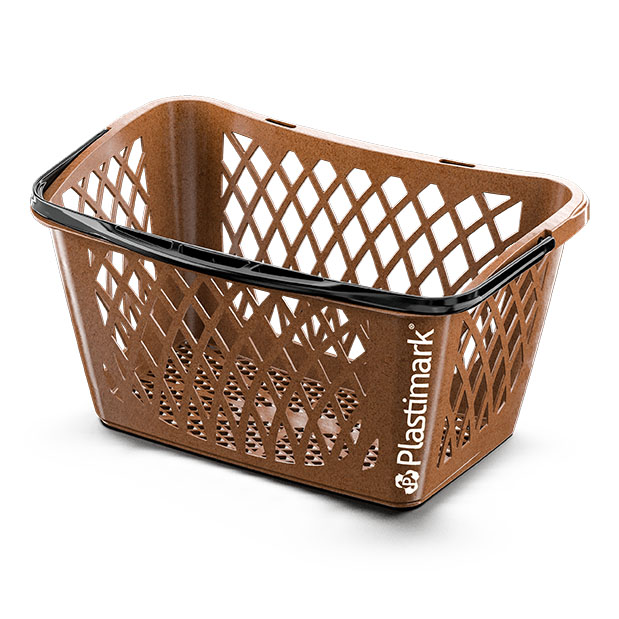
Tyko
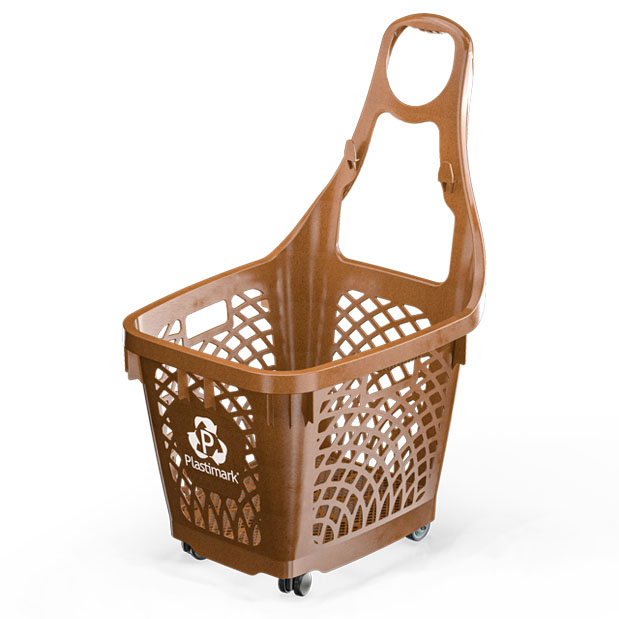
Maxityko
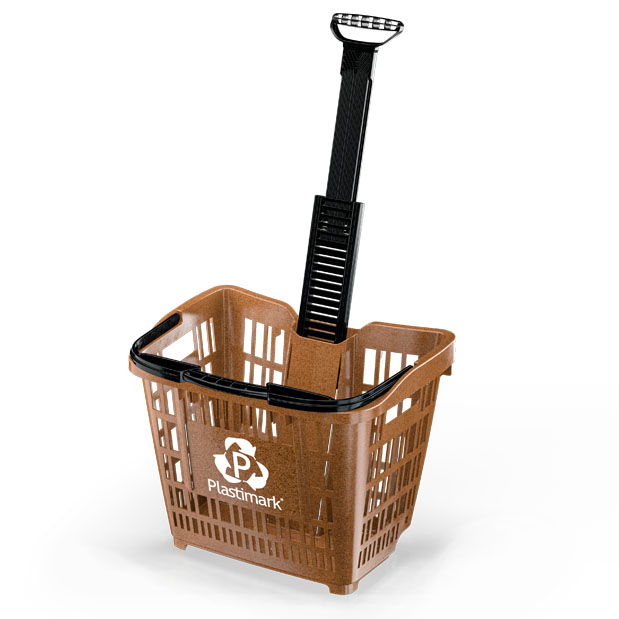
Speesy
En la gama de carros, Plastimark® Wood está disponible para las asas de:
